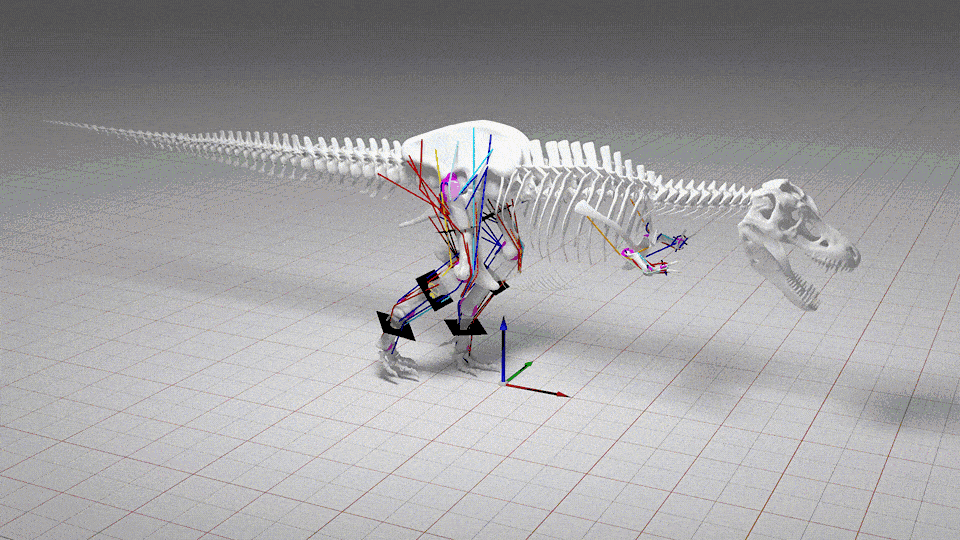When you purchase through inter-group communication on our site , we may earn an affiliate commission . Here ’s how it works .
fossil of a little , prickly dinosaur recently let out in South America may represent an entire lineage of panoplied dinosaurs previously unknown to science .
The newly discovered species , Jakapil kaniukura , appear like a primitive relative of armoreddinosaurslikeAnkylosaurusorStegosaurus , but it came from theCretaceous , the last era of the dinosaurs , and lived between 97 million and 94 million yr ago . That means a whole lineage of armored dinosaur lived in the Southern Hemisphere but had gone altogether undetected until now , paleontologists reported in a new study .

Jakapil Kanikukura, a new species of armored dinosaur from Argentina, weighed as much as a housecat and had a line of armored spikes going down its neck and back.
J. kaniukuraweighed about as much as a house cat and had a row of protective spines running from its neck to its tail and probably grew to about 5 fundament ( 1.5 meters ) long . It was a plant eater , with leaf - shaped dentition alike to those ofStegosaurus .
associate : Massive English bulldog - faced dinosaur was like a T. rex on steroid
Paleontologists at the Félix de Azara Natural History Foundation in Argentina uncovered a partial underframe of a subadultJ. kaniukurain the Río Negro state in northern Patagonia . The dinosaur in all probability walked upright and sported a shortsighted beak up to of delivering a strong morsel . It probably would have been able to corrode tough , woody vegetation , the research worker reported Thursday ( Aug. 11 ) in the journalNature Reports .

The young dinosaur joinsStegosaurus , Ankylosaurusand other armour - backed dinosaurs in a group called Thyreophora . Most thyreophorans are do it from the Northern Hemisphere , and the fossils from the earliest members of this group are found mostly in Jurassic - catamenia rocks from North America and Europe from about 201 million years ago to 163 million years ago .
The discovery ofJ. kaniukura"shows that other Thyreophora had a much broader geographical distribution than previously thought , " Félix de Azara Natural History Foundation paleontologists Facundo J. Riguetti and Sebastián Apesteguía and University of País Vasco paleontologist Xabier Pereda - Suberbiola write in the new composition . It was also surprising that this ancient filiation of thyreophorans survived all the fashion into the Late Cretaceous in South America , they added . In the Northern Hemisphere , these old types of thyreophorans seem to have gone out by the Middle Jurassic . On the southern supercontinent Gondwana , however , they apparently survive well into the Cretaceous . ( Later thyreophorans survived longer . Ankylosaurus , for example , run out with the residual of the nonavian dinosaur 66 million year ago . )
— Crocodile - present dinosaur may have been Europe ’s largest ever predator

— 10 extraordinary dinosaur discovery
— What colour were the dinosaur ?
The name " Jakapil '' comes from a word mean " buckler bearer " in the Puelchean or northern Tehuelchean Indigenous language of Argentina . " Kanikura " comes from the words meaning " crest " and " stone " in the Indigenous Mapudungun language .

you’re able to see whatJ. kaniukuramight have looked like when it was alive , thanks to thiscomputer simulationfrom Gabriel Díaz Yantén , a Chilean paleoartist and fossilology student at Río Negro National University .
Originally published on Live Science .















